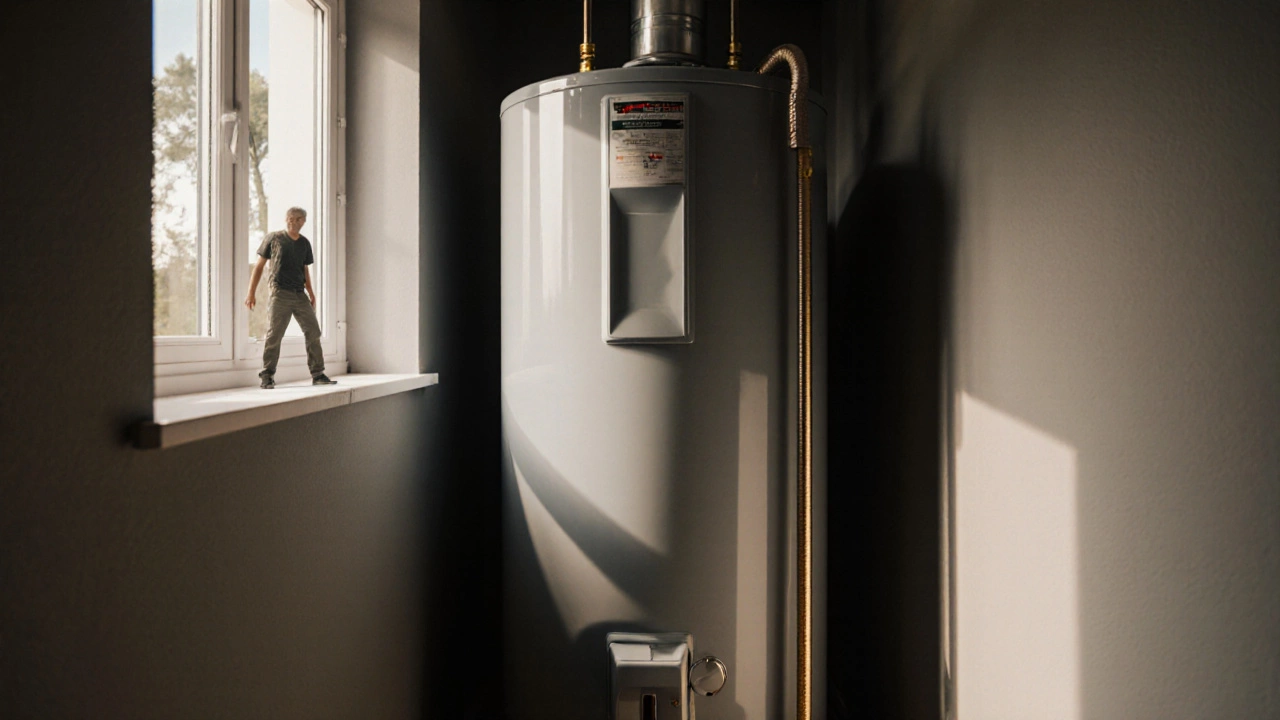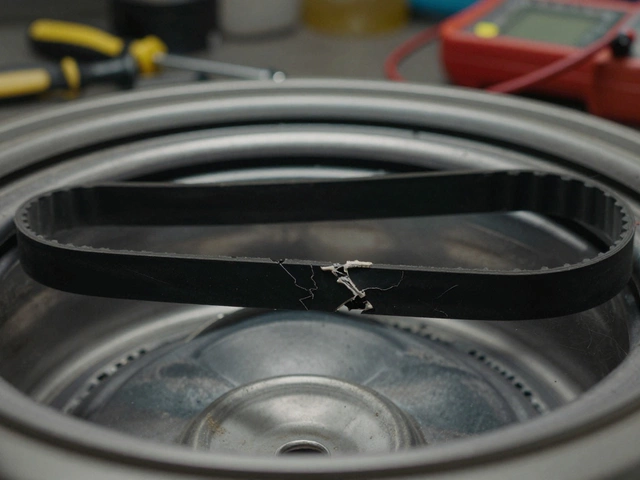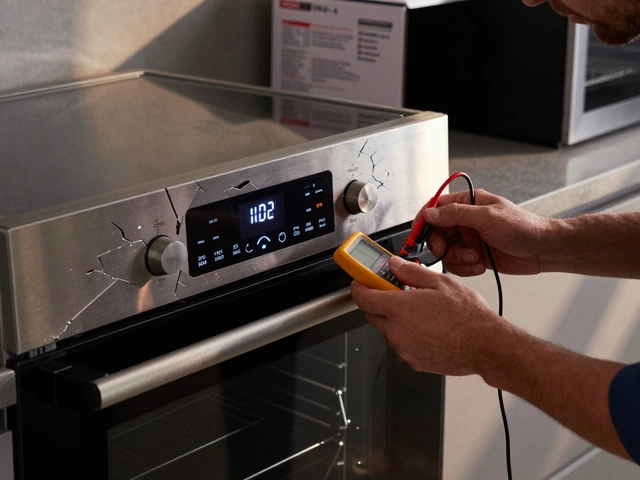Tank Cleaning
When dealing with tank cleaning, the process of removing scale, sediment, and buildup from any water‑filled container in your home. Also known as tank maintenance, it helps appliances run efficiently and lasts longer.
Water heater, a household device that stores and heats water for taps, showers, and appliances is a prime example of where tank cleaning makes a real difference. A clean water heater tank prevents rust, reduces energy bills, and avoids noisy operation. The tank cleaning routine for a water heater typically includes draining, flushing, and inspecting the anode rod.
Boiler, a sealed system that circulates heated water or steam for central heating also relies on a clean internal tank. Limescale inside a boiler tank reduces heat transfer, forcing the unit to work harder. Regular boiler tank cleaning restores performance, cuts fuel usage, and can extend the warranty period.
Dishwasher, a kitchen appliance that washes dishes using water jets and detergent contains a small reservoir where food particles and hard water deposits accumulate. Ignoring this tank leads to foul smells, reduced cleaning power, and possible mold growth. Simple steps—running a cleaning cycle with vinegar or a commercial descaler—keep the dishwasher tank fresh.
Effective tank cleaning starts with the right tools. You’ll need a garden hose, a bucket, a screwdriver, and a non‑abrasive brush. Safety gear such as gloves and eye protection is a must, especially when dealing with hot water or chemicals. Knowing which tool matches each tank type prevents damage and speeds up the job.
How often should you clean? Look for warning signs: reduced water pressure, odd noises, leaky seals, or a sudden drop in heating efficiency. For water heaters, an annual flush is a good rule of thumb; boilers may need cleaning every 1‑2 years depending on water hardness; dishwashers benefit from a monthly cleaning cycle.
If any step feels risky—like accessing a boiler’s internal components or handling a pressurized water heater—you aren’t alone. Professional technicians have the expertise to disassemble, inspect, and re‑assemble tanks safely. A qualified service can also spot hidden issues such as corroded fittings or failing valves before they become costly repairs.
Cost matters, too. DIY tank cleaning usually runs under £20 for basic supplies, while a service call from a local repair firm typically costs between £50‑£120, depending on the appliance and severity of buildup. Investing in regular cleaning often saves more than the service fee by avoiding premature part replacements.
Beyond the wallet, clean tanks are better for the environment. Efficient appliances use less electricity or gas, which reduces your carbon footprint. Plus, fewer breakdowns mean less waste ending up in landfills.
Below you’ll find a curated collection of articles that walk through each of these topics in detail—from step‑by‑step guides on flushing a water heater to troubleshooting a noisy boiler tank. Whether you’re a DIY enthusiast or prefer to hand the job to a pro, these resources give you the know‑how to keep every tank in your home running like new.
17 October 2025
·
0 Comments
Learn how to safely flush your water heater yourself, step by step. Save energy, extend tank life, and avoid costly repairs with this practical DIY guide.
Read more






